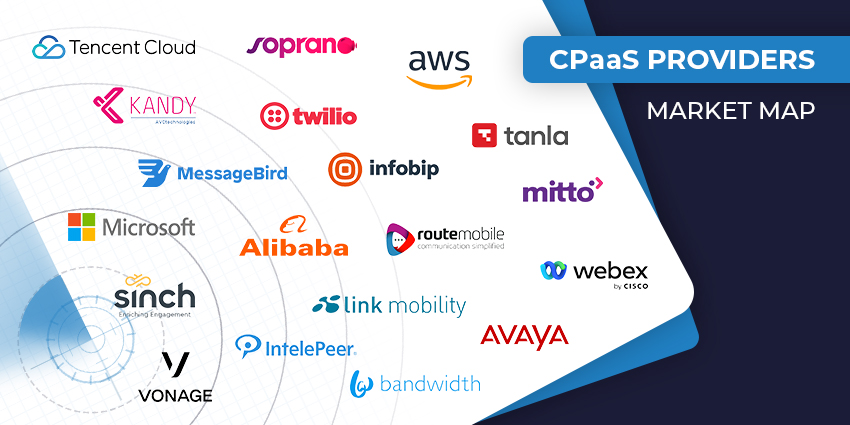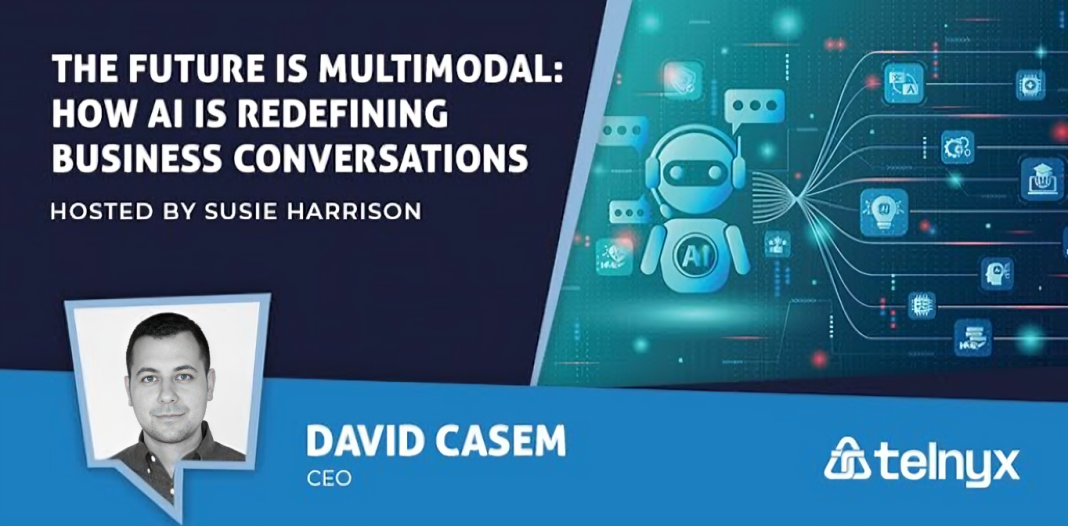Last week, I attended Twilio’s customer and developer conference SIGNAL in San Francisco. The event got off to a grand start with two new API announcements at the conference’s keynote event. The CPaaS leader launched AI-centric APIs to enhance CX. The first, Media Streams, which works to simplify the process of layering AI solutions like NLP, keyword spotting, and SI on top of live voice calls.
The second of its API announcements was Twilio Conversations, which tackles the issue of fragmented messaging channels. With the release, the company hopes to enable businesses to correspond with customers to resolve issues on the channels customers use most instead of risking damaging complaints on social media.
Developers Gain Massive ROI
Before SIGNAL officially kicked off, developers arrived a day earlier for SUPERCLASS – geared toward Twilio’s mostly developer client-base to help them get the most out of Twilio APIs for custom UC platforms. Trust me when I say, it was an all-out nerd fest full of companies like Slack, Microsoft Azure, AWS, Bitly, Gridspace, Jabra, Poly, and more had presentations in the main event hall.
Both AI and IoT seem to be a growing trend at tech conferences as visionaries look toward the next frontier of tech applications to enhance CX and UX. As a result, there was a heavy focus on AI and IoT this year, with sessions on Twilio Autopilot, an API that tells developers where to deploy AI, and where it will be most useful, avoiding the headache of using AI to take on human tasks.
IoT was represented by Twilio’s Super SIM, which lets users travel around the world using one SIM. End users can also deploy, configure, and manage the connectivity on multiple tier-one networks in over 180 countries with Twilio’s Super SIM.
Twilio Customers I spoke with throughout the exhibition hall were happy with all that the CPaaS leader enables them to do so they can improve the way enterprises and customers interact. I can say, SIGNAL was a success and looking toward next year, there are many sound reasons for developers in the UC space to attend. Developers who were there for sure got their money’s worth and I have reason to believe next year will be even more informative.
Twilio Imagines New Business Opportunities
Companies like Sensoneo shared how they use cellular IoT to connect physical objects (like dustbins) to the internet using the same mobile network as smartphones and had lots to say about the opportunities they’ve created with Twilio’s Super SIM. They focused on the amount of scalability they now have and the fact that their systems have more reliable connections.
With the introduction of so many new APIs, Twilio wants to make the job of developers easier, so they can focus on the tasks that lead to better CX. They hope to keep developers from building the underlying infrastructure that ensures customer experiences with AI and live agents go as smoothly as possible.
It was a pleasure covering SIGNAL and getting to know many of the companies and how they use Twilio. Now a few days after SIGNAL, it became more apparent just how big the CPaaS industry had become, and Twilio remains at the helm over a decade later.







